In the diverse world of serpents, there exists a fascinating phenomenon that captivates both casual observers and herpetologists alike – the spiral slithering behavior exhibited by certain snake species when they become excited or agitated. This mesmerizing locomotion pattern, where a snake contorts its body into spiral shapes rather than the typical lateral undulation, represents one of nature’s most intriguing defensive and communicative adaptations. While most people envision snakes moving in simple S-shaped patterns, these spiral movements reveal a complex behavioral repertoire that helps these remarkable reptiles survive in challenging environments. The following exploration delves into the science, species, and significance behind this distinctive serpentine behavior.
The Science Behind Spiral Slithering
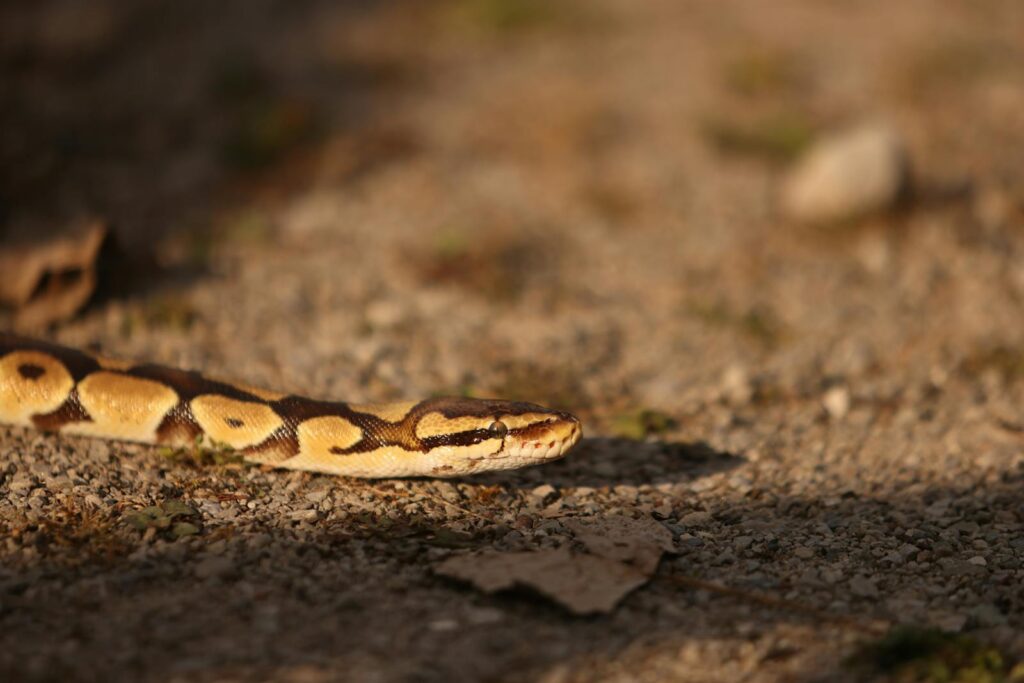
The spiral movement pattern observed in certain snake species represents a specialized form of locomotion that differs significantly from the typical side-to-side undulation most people associate with snakes. This distinctive movement involves the snake contracting muscles in an asymmetric pattern that causes its body to rotate around its longitudinal axis while moving forward, creating a corkscrew or spiral effect. The behavior requires precise coordination between the snake’s skeletal system, which can contain between 200-400 vertebrae depending on the species, and its highly specialized musculature. Scientists studying this phenomenon have discovered that this movement requires significantly more energy than standard locomotion, indicating it serves a specific adaptive purpose rather than being the snake’s preferred method of everyday travel. Neurological studies suggest that specific brain regions activate during this behavior, triggering the complex muscle contractions needed to produce the spiral motion.
The Hognose Snake: Master of the Spiral

Among the most renowned practitioners of spiral slithering is the Eastern Hognose Snake (Heterodon platirhinos), a theatrical reptile native to North America that has earned the nickname “drama queen” of the snake world. When threatened, this remarkable snake puts on an elaborate defensive display that often includes flattening its neck like a cobra, hissing loudly, and then engaging in spiral slithering movements that appear erratic and disorienting to potential predators. If these initial defenses fail, the Eastern Hognose escalates its performance by rolling onto its back, convulsing dramatically, and then going limp with its mouth open and tongue hanging out in a remarkable death-feigning display. Their upturned snout, which gives them their “hognose” name, plays no role in the spiral slithering behavior but contributes to their specialized burrowing abilities that help them hunt for their preferred prey of toads and frogs.
Defensive Function of Spiral Movements

The primary evolutionary purpose behind spiral slithering appears to be defensive, serving as an effective strategy to confuse and deter potential predators. When a snake moves in unexpected spiral patterns rather than in a predictable straight line, predators struggle to target the reptile’s head or accurately judge its position and direction. This disorienting movement creates a visual illusion that makes it difficult for predators to execute a successful attack. Some herpetologists theorize that the spiral motion may also make the snake appear larger or more threatening, potentially convincing predators that the snake is too difficult or dangerous to pursue. In certain species like the Hognose snake, this behavior is just one component of a multi-stage defensive repertoire that escalates from mild deterrents to more dramatic displays before resorting to actual biting as a last resort, demonstrating the sophisticated behavioral adaptations these animals have developed to survive.
Species Known for Spiral Locomotion
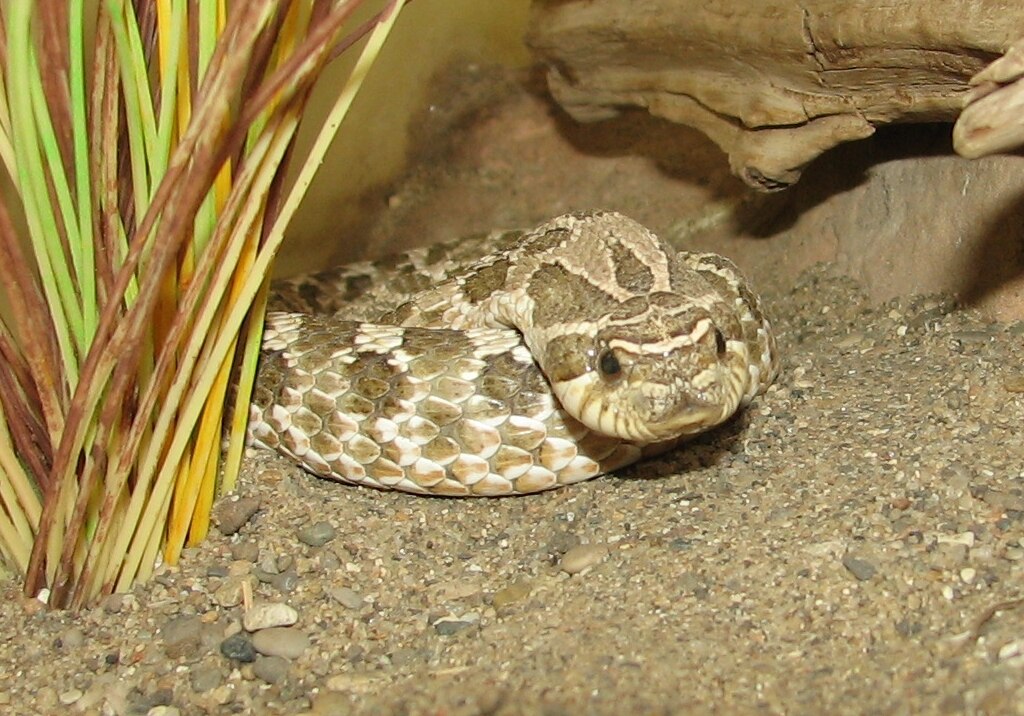
While the Eastern Hognose snake may be the most famous spiral slitherer, several other snake species exhibit this fascinating behavior when agitated or threatened. The Western Hognose Snake (Heterodon nasicus) displays similar dramatic defensive behaviors to its eastern cousin, including the characteristic spiral movements when sufficiently provoked. Some members of the genus Natrix, particularly the European grass snake (Natrix natrix), may employ spiral movements during defensive displays, though less dramatically than hognose snakes. Certain species of rat snakes, particularly younger specimens, have been observed performing spiral movements when handled or threatened, suggesting this behavior may be more common in juvenile snakes across several families. Researchers continue to document and categorize this behavior across different snake families, indicating that spiral locomotion may have evolved independently multiple times as an effective defensive strategy.
Triggers for Spiral Behavior

The spiral slithering behavior isn’t a snake’s default movement pattern but rather emerges in response to specific environmental and psychological triggers. The most common stimulus is perceived threat or danger, which can include the approach of a potential predator, sudden environmental changes, or direct handling by humans. Some species display this behavior when cornered or unable to escape through their preferred method of fleeing or hiding. Interestingly, the spiral response varies significantly based on the individual snake’s stress level, previous experiences, and even personality traits, with some individuals being more prone to dramatic displays than others of the same species. Environmental factors such as temperature can also influence this behavior, with some species showing more energetic spiral displays when their body temperature falls within their optimal performance range, highlighting the complex interplay between physiology and behavior in these reptiles.
The Role of Body Structure in Spiral Movement
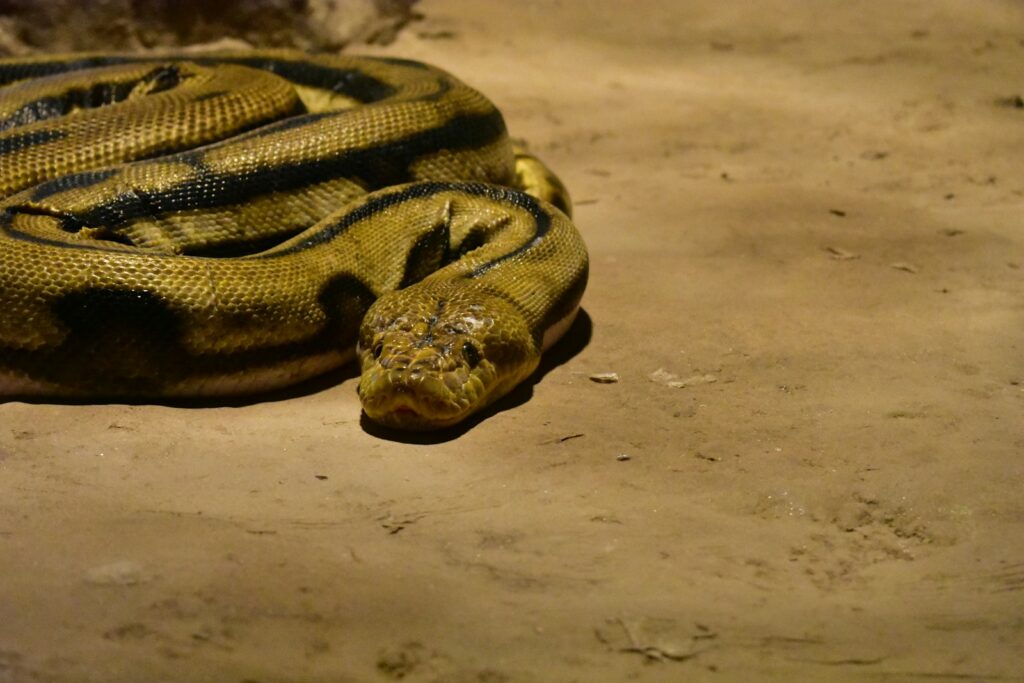
A snake’s ability to perform spiral movements is directly related to its unique anatomical features that have evolved over millions of years. Unlike mammals with their relatively rigid spines, snakes possess extraordinarily flexible vertebral columns consisting of hundreds of vertebrae, each connected to adjacent vertebrae by ball-and-socket joints that permit significant rotation and flexion. This remarkable spinal flexibility is complemented by a sophisticated muscular system comprised of repeating units of muscles that can contract independently along different segments of the body. The snake’s ribs, which extend along most of the body length, provide structural support while maintaining the flexibility needed for complex movements like spiraling. Additionally, the snake’s skin is specially adapted with overlapping scales that can slide against each other, allowing for the expansion and contraction required during these extreme contortions without restricting movement or causing damage to the integument.
Distinguishing Between Distress and Normal Behavior

For snake owners and wildlife observers, distinguishing between spiral movements indicating severe distress and normal snake behaviors is crucial for proper animal welfare. Healthy spiral slithering in response to temporary stressors typically occurs for brief periods and stops once the perceived threat is removed or the snake has had time to adjust to the situation. In contrast, persistent spiral movements, especially when combined with other signs of distress such as rapid breathing, regurgitation, or unusual posturing, may indicate serious health issues requiring veterinary attention. Some neurological conditions in snakes can cause involuntary spiral movements similar to defensive displays but without the appropriate contextual triggers, representing a medical emergency rather than a normal behavioral response. Experienced herpetologists recommend observing the circumstances triggering the behavior and whether the snake returns to normal movement patterns afterward to determine if intervention is necessary.
Spiral Slithering Versus Other Snake Movements
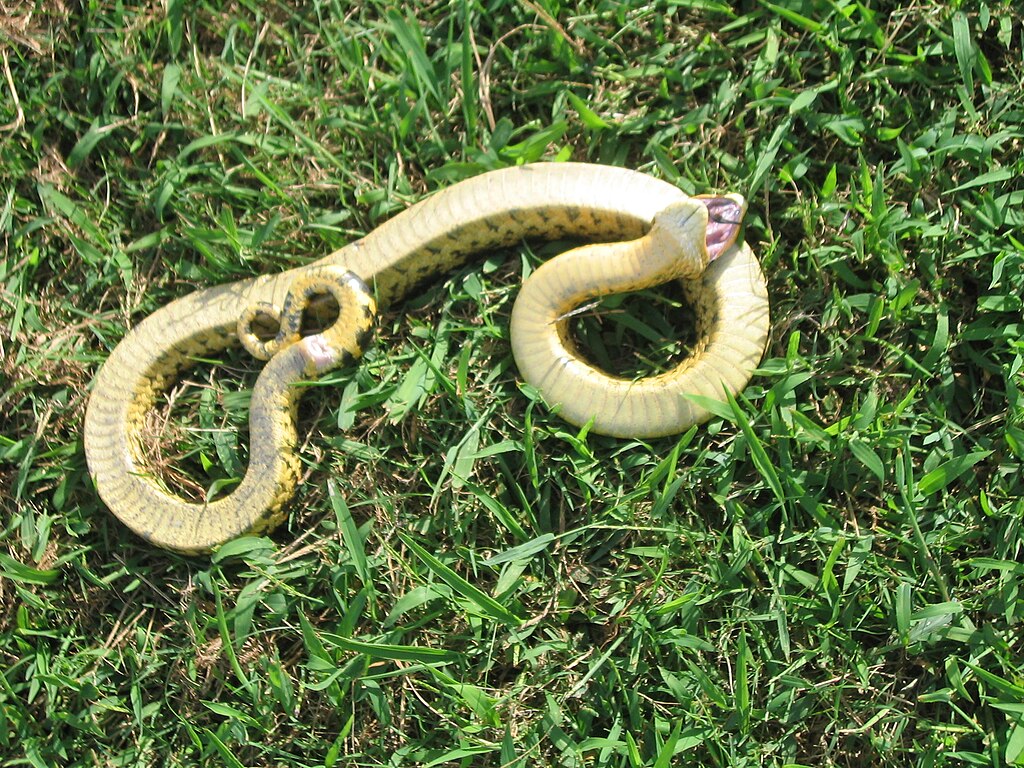
Snakes employ a diverse repertoire of locomotion strategies, with spiral slithering representing just one specialized movement in their behavioral arsenal. The most common snake movement pattern is lateral undulation, where the body forms S-shaped curves that push against surface irregularities to propel the animal forward in a smooth, efficient manner. Other movement types include rectilinear locomotion, used by large-bodied snakes like pythons, where the belly scales are alternately lifted and pulled forward in a straight line, and sidewinding, a specialized movement adapted for desert-dwelling species that minimizes contact with hot sand. Concertina locomotion, used in tight spaces, involves the snake anchoring its posterior while extending its anterior end forward, then anchoring the anterior while pulling the posterior forward. Unlike these primary locomotion methods, spiral slithering is rarely used for actual travel but serves primarily as a defensive display or response to agitation, making it functionally distinct from the snake’s regular movement patterns.
Cultural Significance and Human Perceptions

The dramatic spiral slithering behavior has significantly influenced human perceptions of snakes across various cultures and historical periods. In some ancient civilizations, the spiral was considered a sacred symbol representing eternity and the cyclical nature of life, with spiral-moving snakes embodying these mystical concepts in cultural narratives and religious iconography. Early naturalists and explorers who encountered spiral-slithering snakes often documented these behaviors with a mixture of scientific curiosity and superstitious awe, sometimes attributing supernatural qualities to the animals. In modern times, videos of hognose snakes performing their elaborate defensive displays, including spiral slithering, have become popular on social media platforms, helping to transform public perception of these harmless snakes from fear to fascination. Herpetologists and conservation educators often use demonstrations of these dramatic behaviors as teaching tools to engage audiences and foster appreciation for the complex behavioral adaptations of reptiles.
Misconceptions About Spiral Slithering

Despite growing scientific understanding of spiral slithering behavior, numerous misconceptions persist among the general public. One common misunderstanding is that snakes exhibiting spiral movements are automatically venomous or dangerous, when in fact this behavior is most commonly associated with harmless species like the hognose snake, which has only mild venom used primarily for subduing prey. Another widespread misconception is that spiral slithering indicates the snake is experiencing seizures or severe illness, leading some well-meaning but uninformed individuals to euthanize healthy animals displaying normal defensive behaviors. Some people incorrectly believe that spiral slithering is a form of aggressive behavior signaling an imminent attack, when it actually represents quite the opposite – a last-ditch defensive effort typically employed by a snake that feels cornered and unable to escape. Perhaps most persistently, the internet has spawned myths that spiral slithering can be induced in pet snakes as a form of entertainment, which animal welfare experts strongly discourage as it causes unnecessary stress to the animal.
Observing Spiral Slithering in the Wild
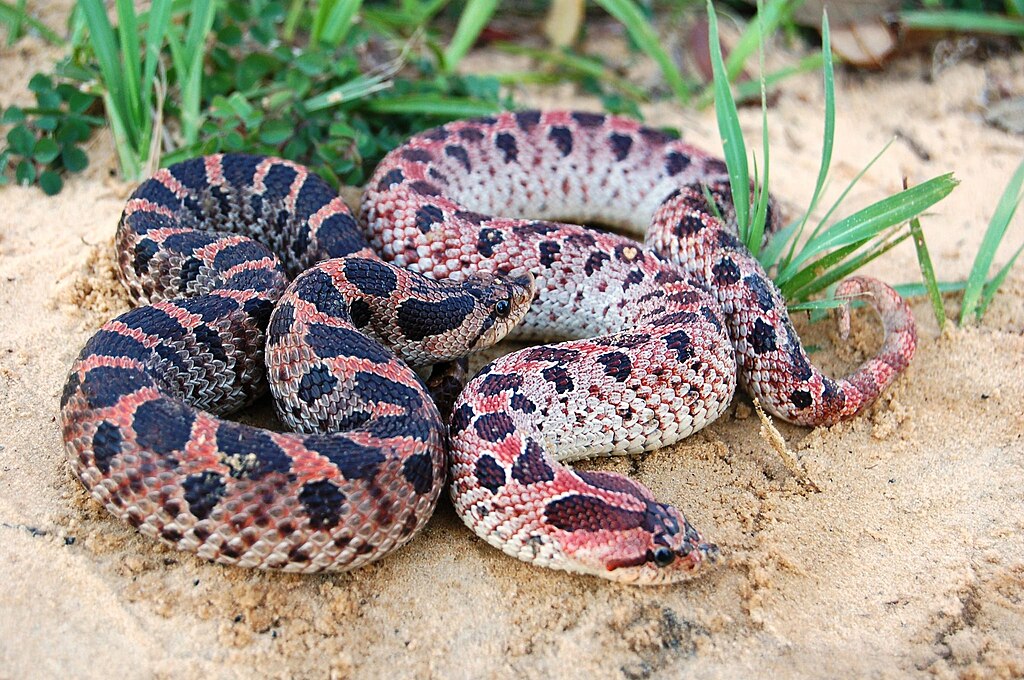
For wildlife enthusiasts hoping to observe spiral slithering behavior in natural settings, patience and ethical wildlife viewing practices are essential. The best opportunities for witnessing this fascinating behavior occur during chance encounters with species known for dramatic defensive displays, particularly hognose snakes in North America and certain colubrid species in other regions. Spring and fall months often provide the best viewing opportunities as snakes are more active during moderate temperatures and may be encountered crossing roads or basking in open areas. Wildlife photographers seeking to document this behavior should use telephoto lenses to maintain a respectful distance that minimizes stress to the animal, as approaching too closely may cause the snake to escalate to playing dead or attempt to flee. Ethical observation involves never deliberately provoking defensive behaviors for entertainment or photography, as this causes unnecessary stress to the animal and potentially conditions it to respond more dramatically to human encounters in the future.
Conservation Implications

Understanding specialized behaviors like spiral slithering has important implications for the conservation of snake species worldwide. Many species that exhibit dramatic defensive displays, including spiral slithering, are frequently misidentified as dangerous and killed unnecessarily by humans who encounter them, despite most being harmless or beneficial predators of pest species. Conservation education programs that demonstrate these behaviors in controlled settings help dispel myths and foster appreciation for these often-maligned reptiles. The theatrical nature of these defensive displays makes species like the hognose snake effective “ambassador animals” in educational settings, helping to transform fear into fascination through direct observation of their remarkable adaptations. Furthermore, studies of specialized behaviors provide valuable insights into the cognitive and neurological capabilities of these animals, challenging outdated notions of reptiles as “primitive” creatures and highlighting the sophisticated behavioral adaptations that have enabled snakes to thrive across diverse ecosystems for millions of years.
The spiral slithering behavior exemplified by hognose snakes and other species represents one of nature’s most fascinating defensive adaptations. This complex movement pattern—a departure from typical serpentine locomotion—serves primarily to confuse predators and create visual illusions that may save the snake’s life in dangerous encounters. While appearing dramatic and sometimes alarming to human observers, spiral slithering simply represents another remarkable survival strategy in the diverse behavioral repertoire of snakes. As we continue to study and understand these specialized behaviors, we gain not only scientific knowledge but also a deeper appreciation for the sophisticated adaptations that have allowed snakes to survive and thrive for over 100 million years. Through education and ethical observation, we can transform misunderstanding and fear into fascination and respect for these remarkable reptiles and their unique place in our natural world.





